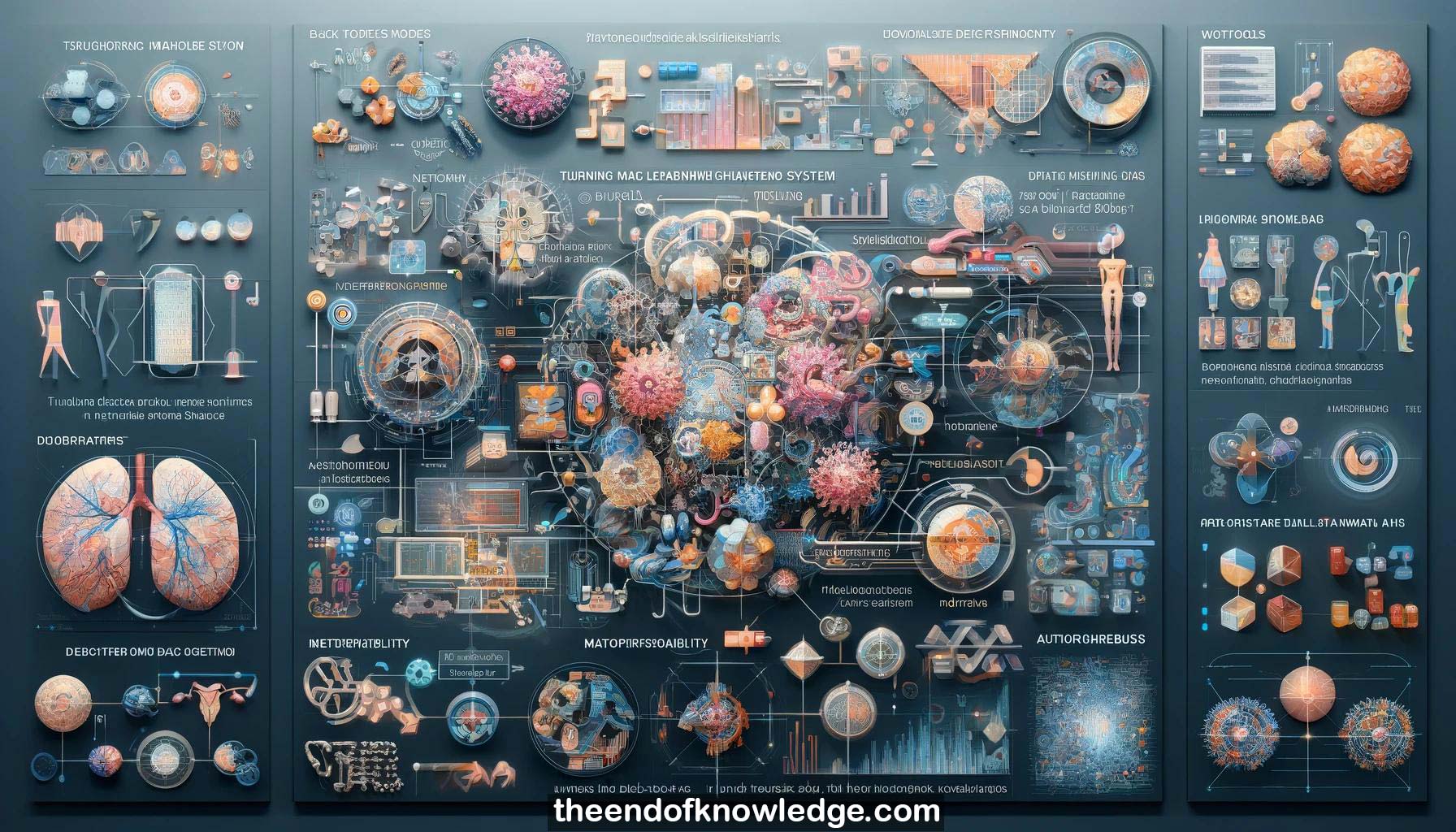 >
>
Concept Graph & Resume using Claude 3 Opus | Chat GPT4 | Gemini Adv | Llama 3:
Resume:
1.-Machine learning for medicine is challenging due to poorly-defined problems, solutions and verification. New problem formulations and methods are needed.
2.-The van der Schaar Lab aims to transform healthcare with new machine learning and AI tools to address complex problems.
3.-A breast cancer decision support system was developed using autoprognosis (integrates data), InVase (interpretability), attentive state-space models (forecasts), and personalized monitoring.
4.-Automated machine learning methods can craft clinical analytics at scale across diseases. Structure kernel learning conquers the curse of dimensionality.
5.-Interpretability, trustworthiness and explainability are key for actionable machine learning models in medicine. Different users need tailored interpretations.
6.-Symbolic metamodels turn black-box models into interpretable white-box models, enabling forward and backward explanations for various users.
7.-Metamodels allow robust discovery of data-induced hypotheses from models. They help clinicians understand predictions and policymakers design screening programs.
8.-Disease progression should be modeled with history, individualized risk, and interactions between diseases, not just Markov models.
9.-Attentive state-space models combine probabilistic hidden Markov models with RNNs to model complex non-stationary individualized disease trajectories.
10.-Dynamic, personalized comorbidity networks are learned using deep diffusion processes to model disease interactions over time.
11.-Personalized screening and monitoring policies should be used instead of one-size-fits-all, based on individual patient risk.
12.-Estimating individualized treatment effects (ITE) moves from average effects to personalized causal inference. It's a complex problem due to unobserved counterfactuals.
13.-A Bayesian nonparametric theory for ITE estimation finds minimax rates depend on response surface complexity (sparsity, smoothness), not selection bias asymptotically.
14.-For large samples, flexible ML tunes hyperparameters; for small samples, selection bias handling and shared representations are key.
15.-Non-stationary Gaussian processes with ARD priors on response surfaces enable ITE estimation with limited data and uncertainty measures.
16.-GANITE uses GANs for ITE estimation with many treatments. Counterfactual recurrent networks optimize treatment plans over time.
17.-Machine learning provides insights on diseases, treatments, prevention, diagnosis, resource allocation, and care pathways to transform healthcare.
18.-We are at the beginning of using ML to augment clinicians and medical researchers with powerful targeted tools.
19.-Clinicians can use co-designed ML tools for actionable intelligence tailored to each patient to improve practice.
20.-Researchers can use ML to generate data-induced hypotheses. Pharma can identify individualized treatments with ML.
21.-Effective learning at scale integrates time series, omics, imaging data with clinical expertise using powerful ML methods.
22.-The van der Schaar Lab collaborates globally with clinicians to provide empowering ML tools and seeks collaborators and students.
23.-Autoprognosis automated ML significantly outperforms current models like PREDICT for breast cancer survival prediction, especially in young and old.
24.-Symbolic metamodels provide interpretable risk equations rivaling autoprognosis' accuracy that meet clinical requirements for transparency.
25.-Inverse metamodel equations can inform patients how to reduce risk through modifiable variables and lifestyle changes.
26.-One-size-fits-all disease progression ignores important factors like genetics. Individualized trajectories are modeled using attentive state space models.
27.-Sending post-op cancer patients for follow-up at preset times ignores individual risk. Personalized screening schedules are needed.
28.-Average treatment effects ignore individual differences. Estimating ITEs moves toward personalized causal inference to optimize treatments.
29.-ITE estimation theory shows problem difficulty depends on treatment response surface complexity. Shared data representations help with limited data.
30.-Machine learning will augment clinicians and scientists to improve healthcare at the individual patient level through collaboration and new tools.
Knowledge Vault built byDavid Vivancos 2024